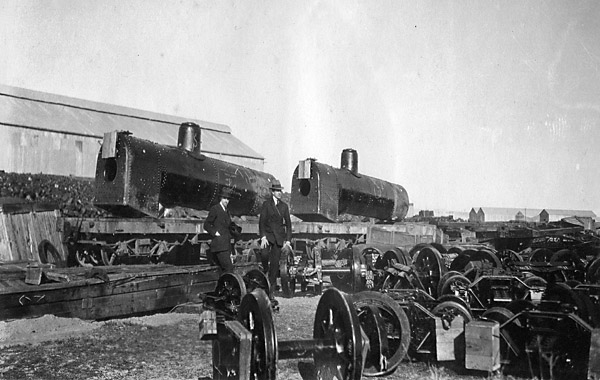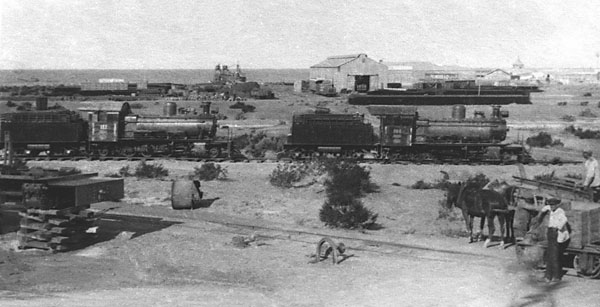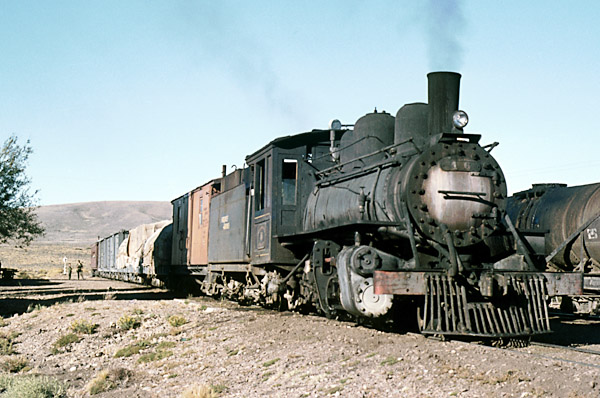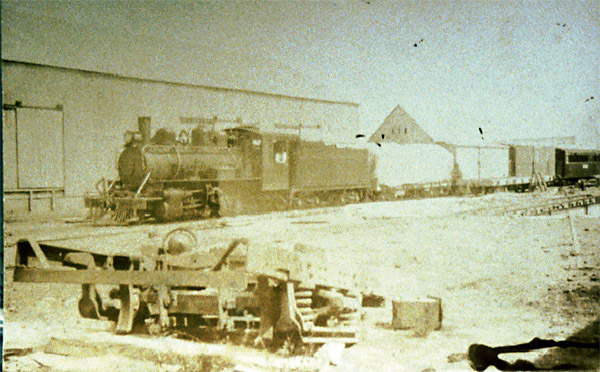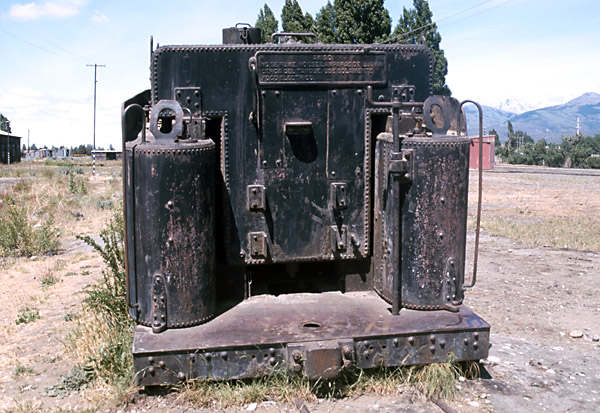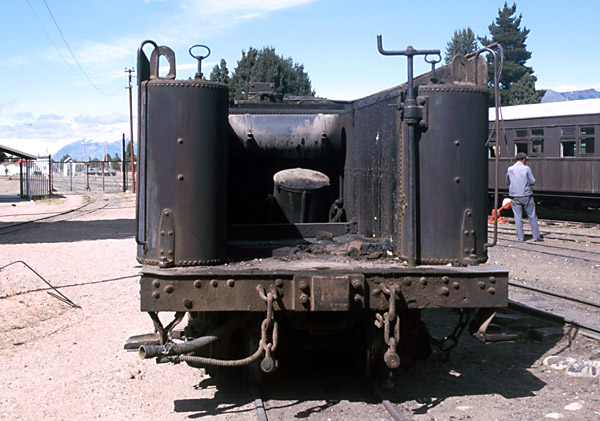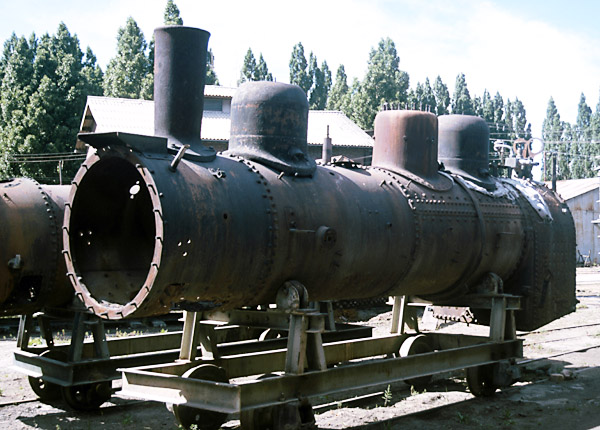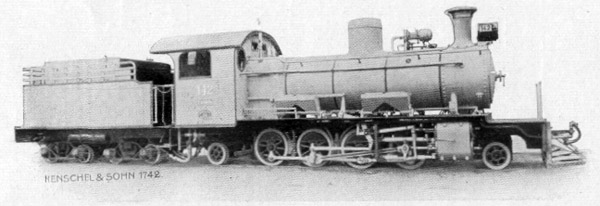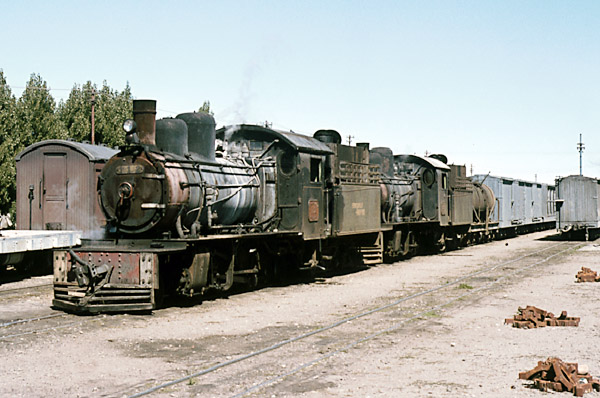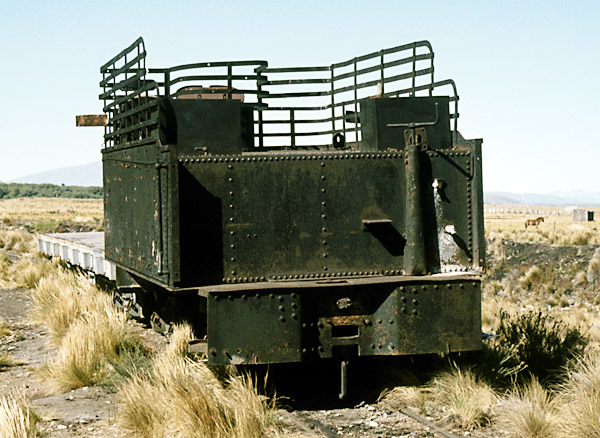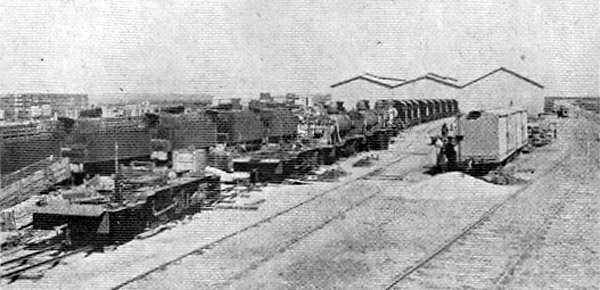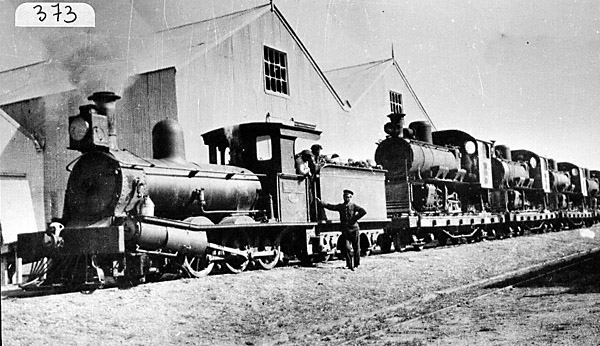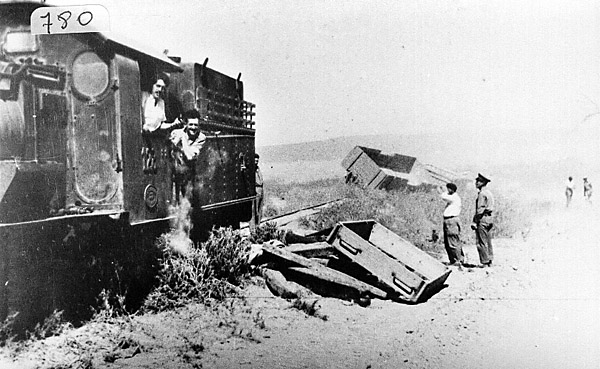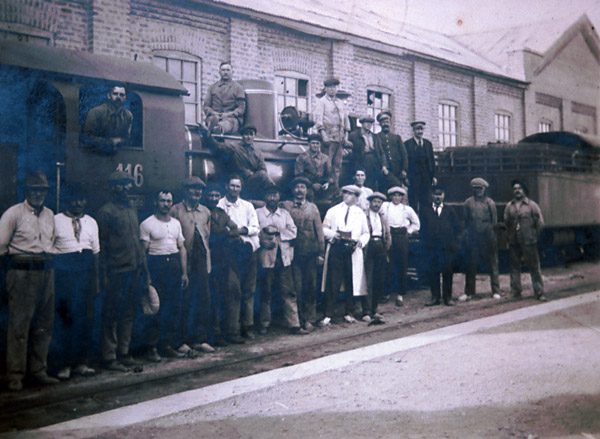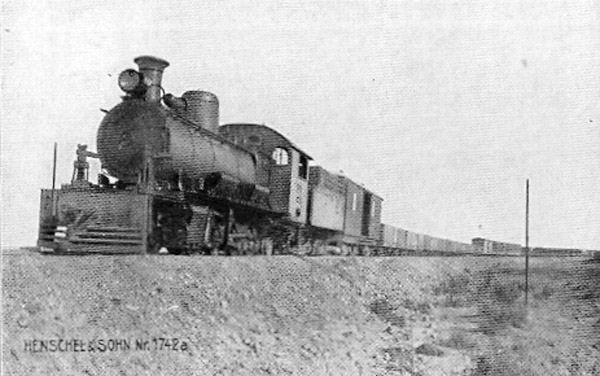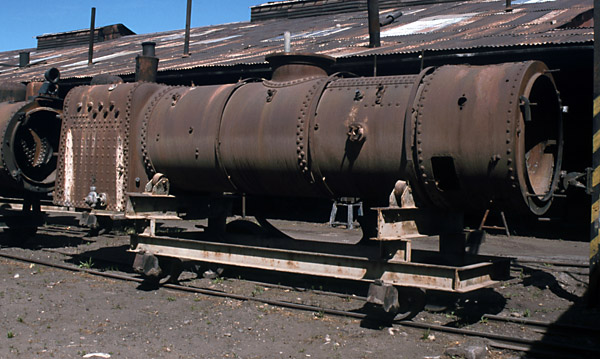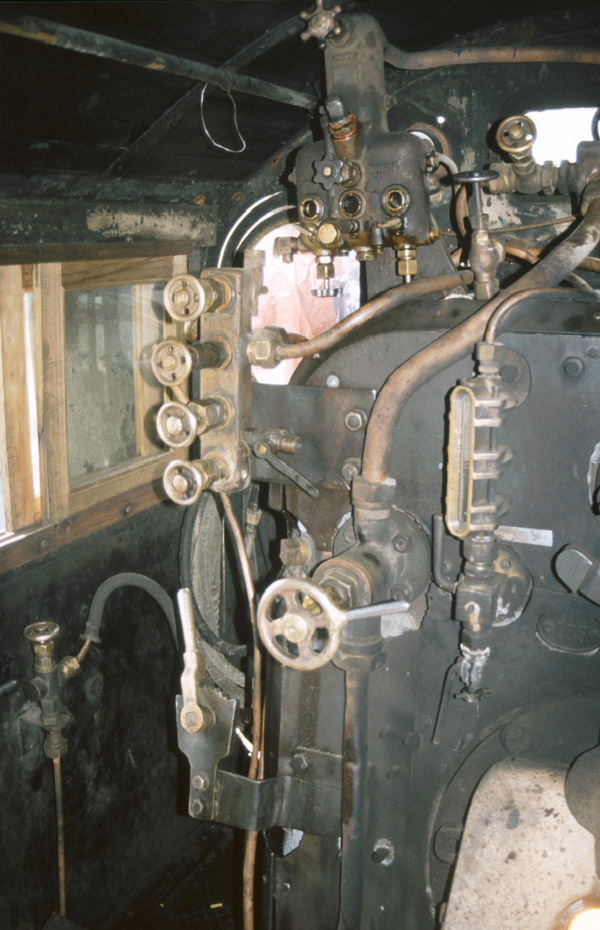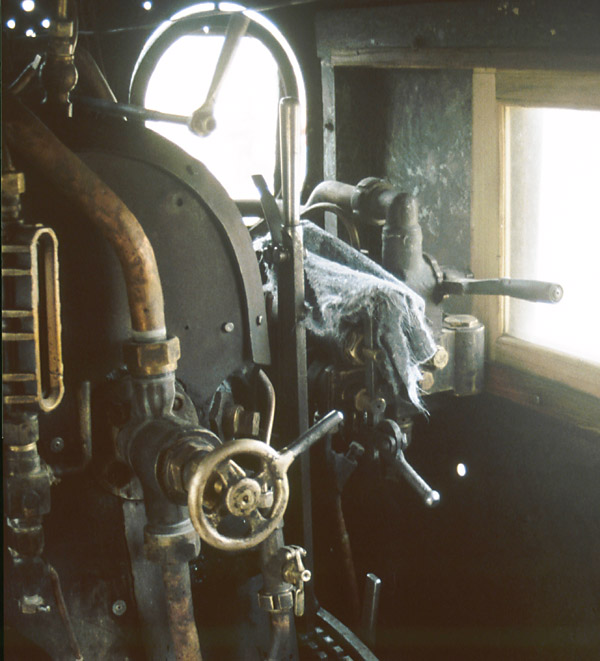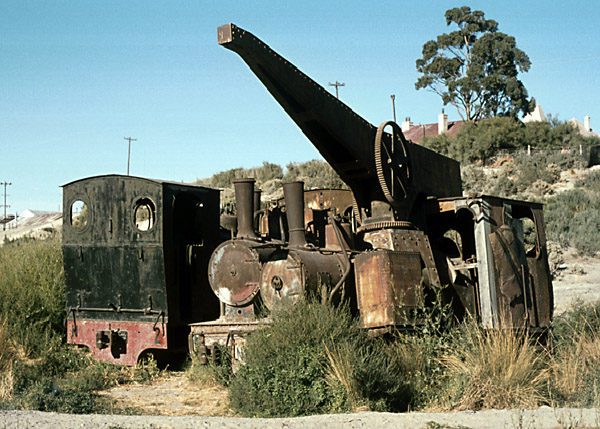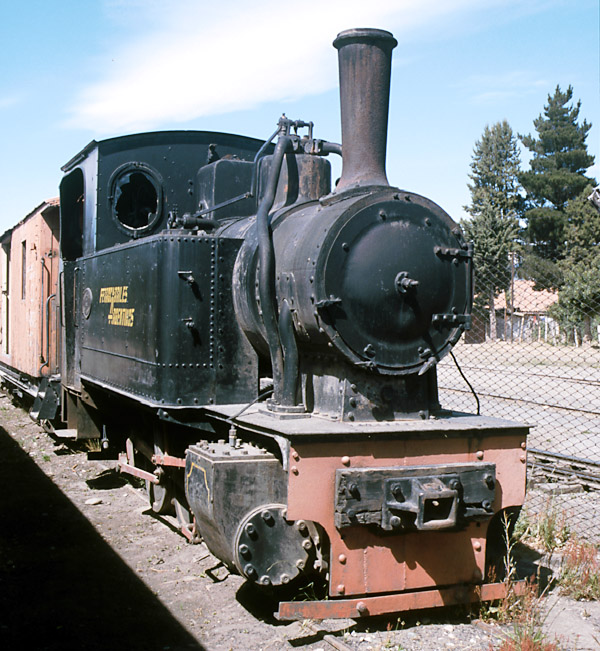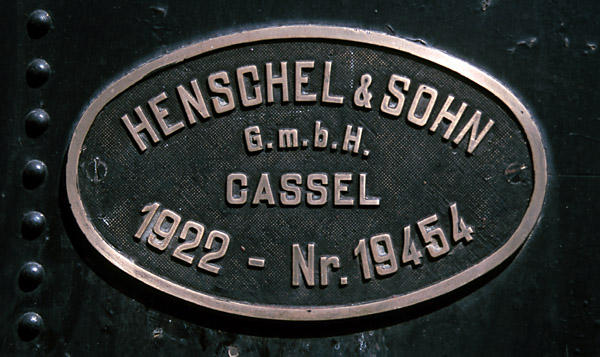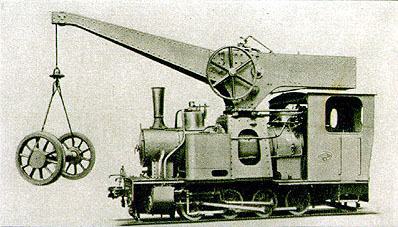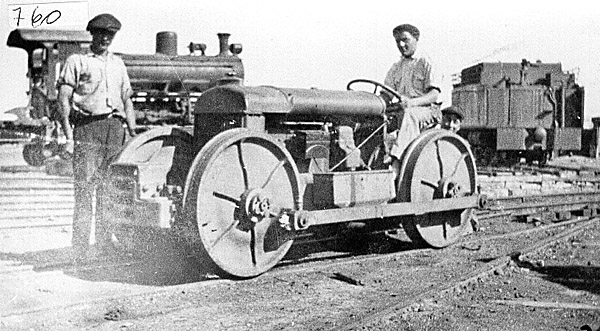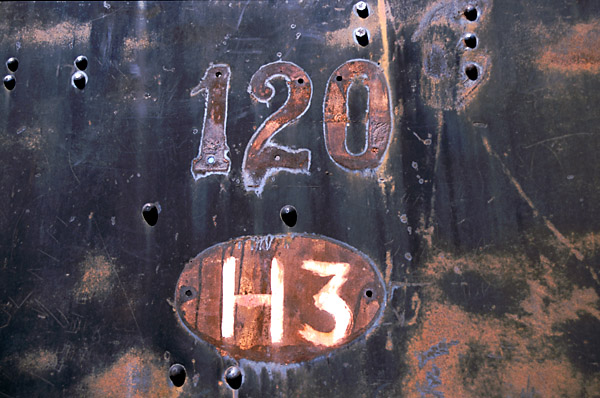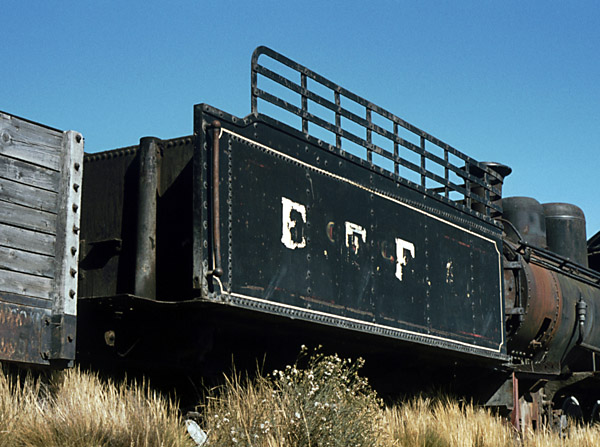 |
|||||||||||||||||||||||||||||||||||||||||
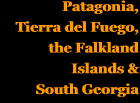 |
|||||||||||||||||||||||||||||||||||||||||
 |
|||||||||||||||||||||||||||||||||||||||||
 |
|||||||||||||||||||||||||||||||||||||||||
Eighty-one new locomotives... Some 'opaque' decision-making The FCE's thoughts and actions leading up to the ordering of locomotives are still unclear. The only account I have comes from the house magazine of the Baldwin Locomotive Works (1) which might be regarded as a little partizan! They reported in October 1922: "Through the instrumentality of Mr. St. Phalle of The Baldwin Locomotive Works, who visited Argentina in the month of April in 1921, Dr. Beschtedt, Administrator of the State Railways, became interested in the matter of building small locomotives for the Patagonian narrow-gauge railway. An offer was made to build 200 "Prairie" type (2-6-2) locomotives to fill the needs of the Government lines, but due to the immaturity of the Government's plans the question was postponed until this year. Early in 1922 the State Railways called for bids on 50-75 "Mikado" type locomotives, (2-8-2) for the 75cm. lines in Patagonia. At that time, because of the state of the wool market, the Government invited bids embodying the purchase and exportation from the Argentine of an amount of wool equivalent in value to the total price of the locomotives ordered. Thirteen competitors filed bids, eight German, one British, one French, one Belgian and two American (Henschel, Arnold Jung, Hohenzollern, Schwartzkopf, Koppel, Borsig, Hanomag, Maffei; NBL; Fives-Lille; Cockerill; ALCO and Baldwin). On a price basis only the German bids were lower than the others and on first inspection their offer seemed the most satisfactory. However, when the delivery, terms of payment and details of design were examined, the proposal of the Baldwin Locomotive Works gave evidence of greater value to the Government than appeared on the surface. Moreover, this bidder was the only one who had complied with the requirements covering the wool exportation. Nevertheless the situation in the wool market had changed so greatly when the time arrived for making an award that the order for 50 locomotives was given to the German manufacturers. The Government, however, desired to commence operations on these lines before the present administration relinquished office in October, and recalling the speed with which The Baldwin Locomotive Works had completed their meter-gauge locomotives early in 1922, gave them an order for 25 "Mikado" type locomotives on the understanding that the first locomotive was to be completed within forty days after the receipt of the order."
A pair of Baldwin boilers sit on a metre gauge plataforma after being unloaded from the ship at Puerto Madryn, and amongst wagon bogies and loco crank axles. The picture below, as a contrast, shows two Henschels after erection, with rail stacks in the background and another set of Henschel frames mounted on sleeper stacks at the front left.
Four types ordered The 56 Henschel locomotives cost a total of 2,330,143.89 pesos (approximately £212,000 at the then current exchange rate). The Baldwin engines cost 1,110,484,55 pesos (or £101,000). These prices equate to about £4,000 per loco for the 2-8-2s, with no clear difference in price between the two manufacturers (2). The Baldwin magazine makes great play of the fact that their batch of 25 locos were all completed within that forty day period! Basic details
Baldwin 2-8-2s
Nos. 1 - 25 were of typical Baldwin design, with outside bar frames, sand domes, and large bogie tenders with a full depth well suitable for carrying coal or wood. They had piston valves and outside Walschaerts valve gear. Their principal dimensions include: boiler pressure - 170psi, grate area - 14sq.ft., total heating surface 902sq.ft., cylinders 11 13/16ins. x 17 5/16ins., coupled wheel diameter 2' 7 1/2", total weight 47t 1cwt or 41,600kg (3). Tractive effort was 10,440lbs. at 80%BP. It is worth noting that these dimensions make much more sense when converted into metric units. Given that many of them are identical to the equivalent dimensions on the Henschel 2-8-2s it seems likely that Baldwins took the German measurements and ran up a design to the same specification.
The Baldwin magazine article records that the batch of 25 were shipped on the steamer Indian Prince which left Eddystone on June 23rd 1922. On arrival at Buenos Aires, six locos were transhipped to coasting steamer bound for San Antonio (Oeste) where they were erected prior to carriage by broad-gauge wagon 250 miles to the 'point of junction with the narrow-gauge railway.' The others were apparently taken on to Puerto Madryn. This does fit with the fact that the FCCC at Puerto Madryn had Baldwins nos 7-23 on its stock in 1940, but not the first six (or indeed the last two, which had moved on to Comodoro Rivadavia). Nos 1-6 seem to have been stored at San Antonio works until the Ing. Jacobacci line could accept them, some years later.
These locos operated most of the traffic on the FCCC after the regauging; for reasons given below they were much more suitable than the Henschels and 18 engines were more than adequate for the 150 mile line. Stories tell that No. 23 was the favourite, others being cannibalised to keep her going. A Baldwin arrives at Trelew from the west in the early years. The loco still carries its bell, its smokebox numberplate and its worksplates.
Alterations in service, particularly to those on the Esquel line, have included new steel cabs replacing the original wooden ones, and the loss of the rear sand domes. A few boilers had superheaters as an experiment. Bells and front numbers have long since gone. The following two photos show the Baldwin tenders both with the T-shaped oil tank and without. This type of well tender was common on small American locos, usually designed thus for carrying coal but without much thought as to the ergonomics of lifting the coal from floor level.
A Baldwin boiler on a 75cm gauge swivel stand to permit rotation when repairs are needed. In this case both sand domes are present. Since the locos almost always ran smokebox first, the rear sand domes were commonly borrowed and fitted to the Henschels in place of their running-board-mounted sandboxes.
The Henschel 2-8-2s
The principal dimensions of the locos as displayed in the Spanish language Henschel catalogue.
Nos. 101 - 150 have inside frames and obviously are of a more European style. Their principal dimensions are very similar to those of the Baldwins though they are somewhat heavier in total: boiler pressure - 170psi, grate area - 14sq.ft., total heating surface 902sq.ft., cylinders 11 13/16ins. x 17 5/16ins., coupled wheel diameter 2' 7 1/2", total weight 50t 2cwt or 44,200kg (3). As mentioned above, the dimensions are too similar to be coincidental. Were Baldwins given the Henschel dimensions when they offered to build their batch in a hurry?
Double-headed Henschels arrive at El Maiten with a stock train in March 1975. By then the low level sandboxes have given way to sand domes borrowed from the Baldwins, and the big headlamps have been replaced with small car type lamps. There are a number of puzzles about these locos. The tenders are much smaller than those of the Baldwins and are clearly designed for the carriage of wood. They have no bunker as such but merely a set of rails around the gently sloping top of the tank. This is the first surprise, for Patagonia is not only patently lacking in wood fuel but the tenders would also have been far too small to carry the necessary quantity on the planned mainline. When they were used with coal as the fuel nets had to be fastened around the rails to keep the coal in place!(5)
Front view of Henschel tender. The wood rails and the absence of any sort of bunker will be noted.
There have been a variety of rumours about the origins of these locos. Tradition in Chubut has it that they were designed for military use on German field railways. This seems unlikely, though their inside frames would have allowed for a regauging from the standard 60cm. 'Feldbahn' gauge. Perhaps someone can examine the frame spacing more closely. Whether or not this story is true, they were certainly not well-designed for Patagonia. Not only were they constructed for the wrong fuel but they were also too heavy for the 35lb rails (17.4kg. per m.) on the newly built sections.
The next photo has been taken from a Henschel catalogue. It shows a line of these locos being assembled alongside broad gauge tracks. This must have been taken at San Antonio Oeste. A line of tenders are in the left background.
The picture below shows a number of the Henschels mounted on metre gauge plataformas after arrival at Puerto Madryn. If erected at San Antonio then they must have then been delivered by sea to the FCCC, and if erected at Puerto Madryn then they will still have needed transporting over the metre gauge to Trelew. The loco at the head of the train is FCCC Beyer Peacock 2-6-0 no. 3 now preserved outside the old Puerto Madryn station.
Henschel no. 122 in action on the FCCC. This photo, with others, was taken on the occesion of an accident when a culvert collapsed under a rake of wagons, but whether the Henschel was the train engine or merely in charge of rescue operations is not known.
Two of the Henschels shortly after their arrival and erection on the FCCC. The photo has obviously been posed, presumably with the works staff.
A 1937 photo of Henschel no. 138 is shown in the page on the Rio Negro valley line (6). Close examination of this picture, and of the works photo above, shows that the locos were built with eight small sandboxes, mounted in pairs above the running boards on either side, and clearly distributing sand in front of each pair of wheels. Later photos, such as that above, show that these small sandboxes have been replaced by a single sand dome behind the chimney. I suspect these have been borrowed from the Baldwin engines, which in turn seem to have lost their rear sand domes over the years. Suspicions having been raised above about the origins of the Henschels, one idly wonders whether engines designed for use in semi-desert conditions would have had such comprehensive sanding gear as these were built with, though the Esquel line has snow to contend with of course. Other features of the locos as built include the traversing jacks mounted behind the front buffer beam. Below is a Henschel hauling a long test train shortly after being erected. The location is unknown. This picture also comes from the Henschel catalogue previously mentioned.
A Henschel boiler at El Maiten works, illustrating the belpaire firebox.
A pair of photos taken in the cab of one of the Henschels in 2000.
Henschel 0-6-0 side tanks Henschel 0-6-0Ts nos. 1 & 2, and Henschel 0-8-0CT no. 3 at Puerto Madryn in 1975.
Of the two surviving Henschel tank locos the one at El Maiten is by far the most complete, the other at Río Turbio having lost its boiler to heat a school.
The works plate of 19454 at El Maiten.
0-8-0 crane tanks Intriguingly, the design has French or Belgian elements and the inscriptions in the cab of the Puerto Madryn one were in French. Is this another sign that many of the 1922 locomotives were originally intended for use elsewhere?
One of the crane-tanks as illustrated in a Henschel catalogue. Compare this with a side view of the surviving example in a Río Gallegos park, in the Coal lines chapter. The petrol tractor
Couplings Fuel Water supplies Number plates
The letters E. F. E. A. (Empresa Ferrocarriles del Estado de Argentina) were painted on the tender sides. The Baldwins carried small oval brass plates on cab and tender sides, bearing the words 'Ferrocarriles del Estado' and the number (below).
On the takeover of the Esquel and Rio Negro lines by the General Roca system, 'G. ROCA' was painted on the tender sides (left) and that railway's standard large rectangular plates were fitted as shown below (9). Later, the words 'Ferrocarriles Argentinos' appeared on the tender sides. Identification of individual locomotives is complicated by the frequent exchange of boilers, cabs, and tenders, resulting in some engines bearing four different numbers. The smaller tank engines, at least at Puerto Madryn, were numbered 1, 2, 3 and 4. Whilst this appears to conflict with the Baldwin number series, it should be remembered that Baldwins 1 to 6 never worked at Puerto Madryn and that sequence was therefore vacant. The distribution of the locos Details of each loco, and their location at known dates. References: 5-8-11 |
|||||||||||||||||||||||||||||||||||||||||
Chapter 7
The 1922 75cm gauge empire


Main pages
Railcars •
Esquel route construction photos •
Com. Rivadavia to Punta Piedras •
More photos at Com. Rivadavia •
Appendices
9 Track layout photos at Ing. Jacobacci •
